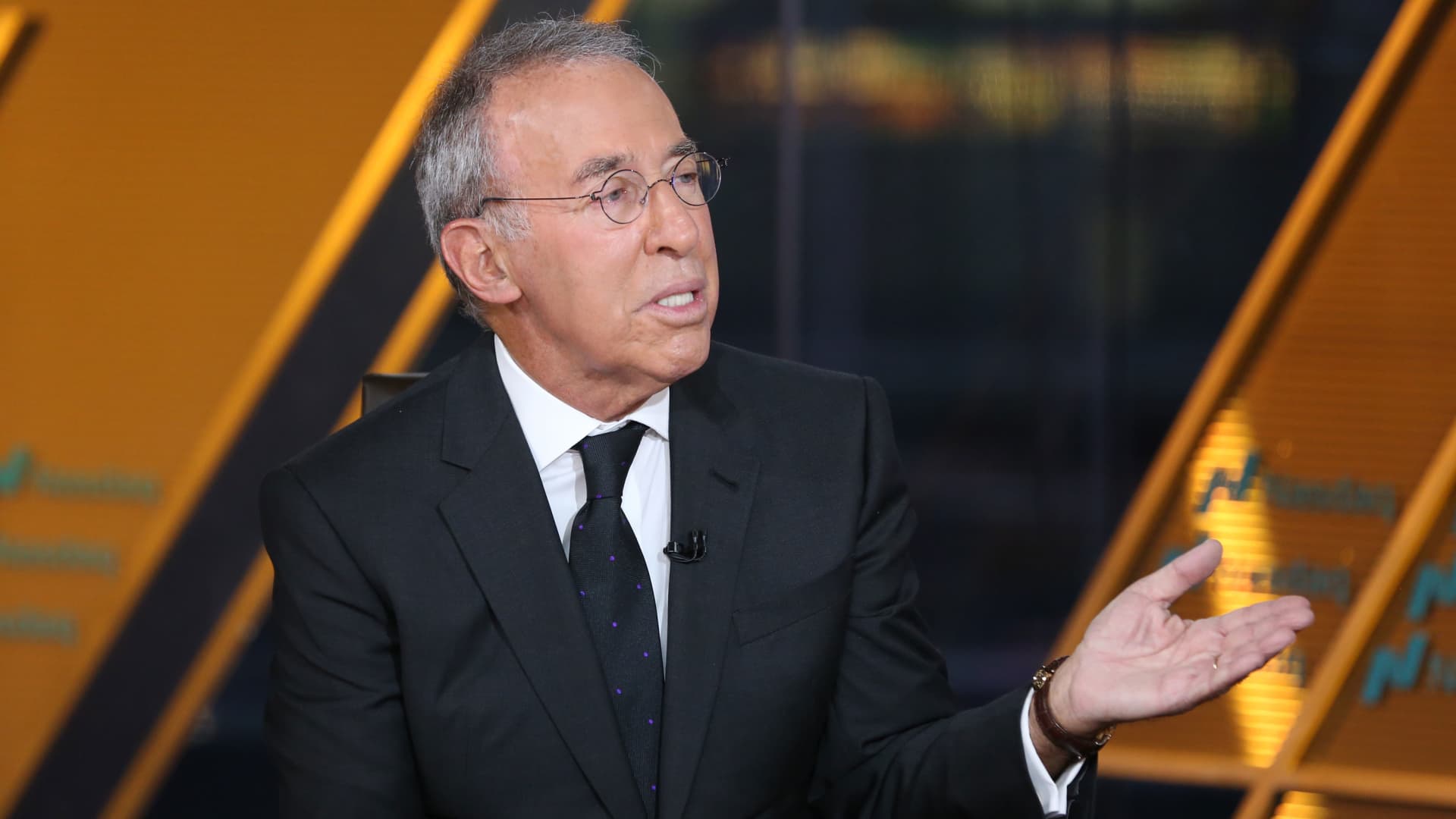3 Ways to Make $1 Billion—One You Might Be Able to Do in Your Lifetime
:max_bytes(150000):strip_icc():format(jpeg)/GettyImages-817986098-3790330361ad4116a2434ac40f64915a.jpg)
:max_bytes(150000):strip_icc():format(jpeg)/GettyImages-817986098-3790330361ad4116a2434ac40f64915a.jpg)
Stephen Zeigler / Getty Images
Becoming a millionaire just doesn’t have the cultural cache it once did. To be sure, a million dollars remains a tidy sum and a worthy goal for your retirement or other savings. But to truly announce you’ve made it into the upper reaches of the nation’s moneyed elite, you need at least a billion dollars—nine zeros instead of just six.
Here’s what amassing that kind of wealth looks like for the average person using widely available investment strategies.
Key Takeaways
- Amassing $1 billion on an average salary alone would take more than 16,500 years.
- Compound interest significantly shortens the time required to amass a fortune, even with a modest interest rate.
- Investing to reach $1 billion needn’t be complicated; the S&P 500 outperformed billionaires between 2020 and 2024.
- An index fund investment strategy can result in a nest egg of $1 billion in 71 years.
Earning It
If you chase after a billion dollars solely with wages and no investments, you will have to work for a long time. According to the Bureau of Labor Statistics, the average weekly earnings for a full-time worker in the U.S. was $1,165 per week in the third quarter of 2024. That comes out to $60,580 per year. Let’s say you have a second income to cover living expenses and decide to stash your $60,580 annual income under your mattress and make your billion that way.
You’ll have to work and stash your paychecks for 16,508 years before you make your first billion.
In addition to lots of time, you’ll need lots of space for your cash. A billion dollars in $100 bills will take up at least 400 cubic feet (depending on how tightly you pack it), or a cube 7.37 feet x 7.37 feet x 7.37 feet.
You can speed things up if you move your money to a bank savings account that pays the current national average interest rate of 0.43%. In that case, you will have saved $1,000,000,000 in 997 years. Compound interest is as powerful as they say!
Saving for It
Since compound interest is so helpful, consider moving your annual wages into a high-yield savings account or a certificate of deposit (CD). The annual percentage yields (APYs) for these fluctuate with the economy’s health and the Federal Reserve’s responses. We’ll keep things simple and use the current best rates for a national high-yield savings account and a certificate of deposit and assume those rates hold for the campaign’s duration. (In reality, they’ll go up and down, but it’s hard to predict how much, especially over generations of economic activity.)
Currently, the best jumbo CDs pay 4.85% in interest. (We chose a Jumbo CD because yours will qualify as one in your second year of saving.) With your annual wage and that return, you’ll amass a billion dollars in 142 years.
Meanwhile, the best high-yield savings accounts pay 5.00% interest right now. You’ll only have to wait 138 years for your billion at that rate.
Investing for It
By now, you’re probably convinced that the key to getting a billion dollars is to take advantage of compound interest as aggressively as possible through investing. But not too aggressively. You decide to invest your annual wages into an index fund and choose Fidelity’s FXAIX, one of Investopedia’s top funds tracking the S&P 500. You’ll have broad exposure to the stock market without paying a lot in fees, and you won’t have to worry about rebalancing as the tracked companies’ fortunes rise and fall over time. The index fund’s managers will take care of all that for you.
Note
Can you beat the billionaires? Perhaps surprisingly, you can. Between 2020 and 2024, aggregate billionaire wealth in North America grew by 58.5%, from $3.8 trillion to $6.1 trillion, according to the UBS Billionaire Ambitions Report 2024. Over roughly the same period, the S&P 500 index grew 78%, demonstrating the power of U.S. equities markets. And the wisdom of index fund investing.
FXAIX has returned 11.13% since its inception in 1988. At that rate of return and annual contributions of $60,580, you will acquire your first billion in just over 71 years.
A whole lifetime is longer than most average wage earners have to invest, but what a wonderful legacy to pass on to your children or grandchildren. And if they continue to follow your prudent investment strategy they will double their billion-dollar nest egg to $2 billion by year 78. And four years later (a total of 82 years of patient investing), it will have tripled to $3 billion. It’s true what they say: The first billion is the hardest to get.










